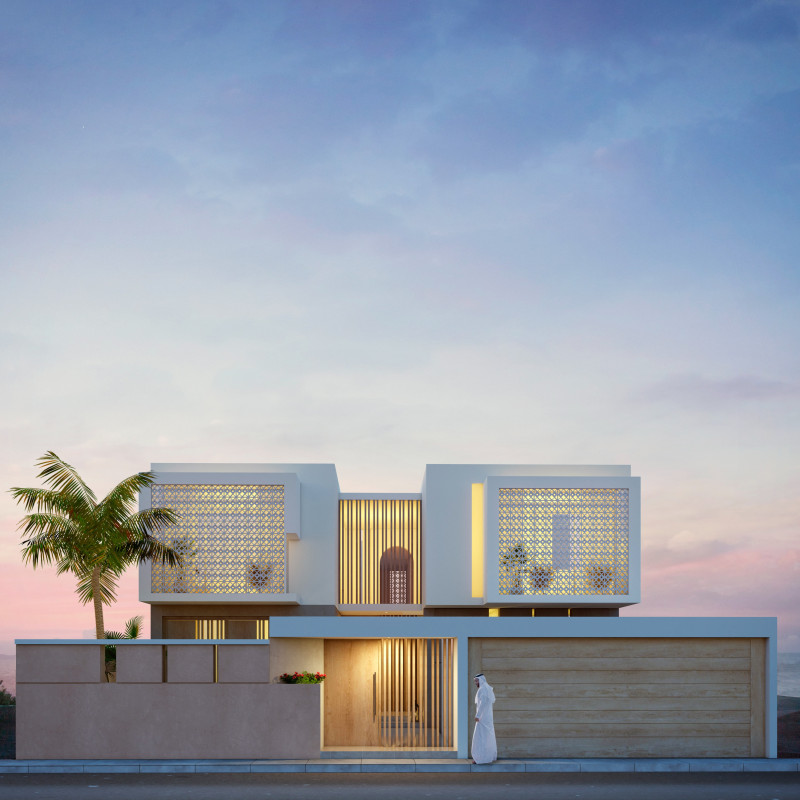5 key facts about this project
At first glance, the architectural design showcases a harmonious relationship between the built environment and its surroundings. The use of local materials emphasizes sustainability, while also ensuring a visual connection to the landscape. Key materials include natural stone, glass, wood, and steel, each chosen not only for their durability but also for their aesthetic qualities that enhance the overall experience of the space. The stone provides a sense of permanence and solidity, grounding the structure within its locale, while glass elements introduce transparency and light, allowing inhabitants to engage with the exterior environment.
The overall layout of the project is carefully designed, with zones that facilitate movement and interaction throughout the space. As one navigates through the building, natural light filters through wide openings, accentuating the interior's spatial dynamism. Multi-purpose rooms create flexibility in use, catering to changing needs of the community. Furthermore, the strategic placement of windows and overhangs minimizes heat gain while maximizing daylight, evidencing a commitment to energy efficiency and occupant comfort.
Unique design approaches are evident throughout the architecture, particularly in the way the structure embraces its context. The building's form is influenced by the climatic conditions of the region, incorporating features such as cross-ventilation and shaded terraces that promote passive cooling. The design also seeks to foster a sense of community by incorporating outdoor spaces that encourage social interaction and connectivity, featuring landscaped gardens and communal gathering spots that invite engagement with neighbors.
Attention to detail is paramount in this architectural project, with a focus on craftsmanship seen throughout the interior and exterior finishes. High-quality materials are used to ensure longevity while also providing an aesthetic integrity that resonates with the surrounding environment. The integration of local art and culture into the design narrative enhances the project's identity, making it more than just a functional space but a symbol of local pride and heritage.
In exploring the project's architectural plans, sections, and designs, one can gain a deeper understanding of the thought processes that led to these design outcomes. Each element has been carefully considered to align with the goals of functionality, sustainability, and community engagement. The design effectively balances these aspects, creating a space that is both welcoming and practical for its intended users.
For readers interested in comprehending the full scope of this architectural endeavor, it is encouraged to delve deeper into its architectural plans, architectural sections, and architectural ideas. These elements will provide further insights into how the design articulates its vision and addresses the various challenges presented by its site and intended use. Understanding these aspects will enrich one's appreciation for the thoughtful execution of this architectural project.


























